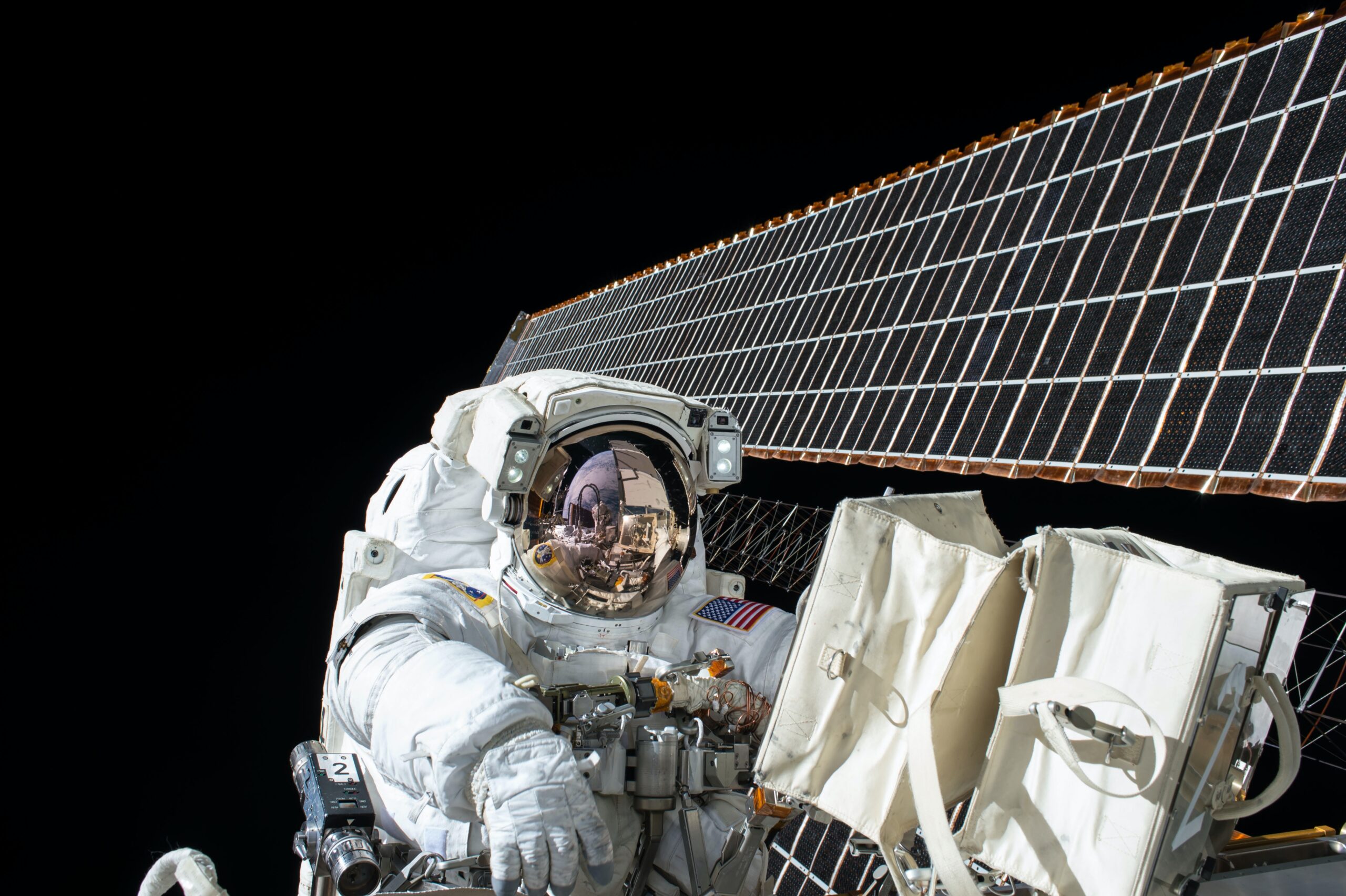NASA’s Historic Sample Return Mission Opens a Window to the Universe’s Origins
NASA scientists are elated to share remarkable revelations from the historic OSIRIS-REx mission, marking the commencement of a new era of space exploration. The mission recently returned with approximately 250 grams of dust and rocks collected from the near-Earth asteroid Bennu. This achievement stands as the inaugural U.S. endeavor to recover a sample from an asteroid and represents the most extensive collection of extraterrestrial material beyond the moon’s orbit.
“The OSIRIS-REx mission is the vanguard of a new age of exploration, ushering in the era of sample science,” declared Makenzie Lystrup, director of NASA’s Goddard Space Flight Center in Greenbelt, Md., during a live-streamed event on October 11. “This is where the real journey of sample science truly begins.”
The mission’s odyssey commenced seven years ago when the OSIRIS-REx spacecraft embarked on its journey to rendezvous with Bennu, an asteroid of immense scientific significance. Bennu is believed to hold crucial clues regarding the formation of our solar system and the origins of life on Earth. In 2020, the OSIRIS-REx craft executed a delicate touch-and-go operation on Bennu’s surface, collecting a sample about the size of a coffee cup, which was securely sealed for its voyage back to Earth.
On September 24, 2023, OSIRIS-REx, now operating under the moniker OSIRIS-APEX, released its sample return capsule on its trajectory back to Earth. The spacecraft has since embarked on a new mission, which involves going into orbit around the near-Earth asteroid Apophis.
The Bennu sample capsule gracefully descended to a designated desert landing site in Utah, where it was promptly retrieved and transported via helicopter to NASA’s Johnson Space Flight Center in Houston. NASA scientists meticulously opened the capsule in a specialized clean room to ensure that the pristine asteroid material remained uncontaminated by terrestrial substances.
Here they are. These bits of ancient space rock may hold clues to how the rocky planets—including our own—formed. Scientists worldwide will study the #OSIRISREx sample for generations to come to get answers on where we come from. pic.twitter.com/2yN2cs36gQ
— NASA (@NASA) October 11, 2023
The capsule’s contents were gathered by propelling dust and rocks into a container using nitrogen gas. The sample primarily comprises asteroid material from depths of up to 50 centimeters below Bennu’s surface, with additional particles that adhered to the spacecraft’s landing pads during its contact with the asteroid’s surface.
Notably, the mission delivered a bonus in the form of loose debris inadvertently collected around the collection container before sealing the capsule for its return journey. This supplementary material consists predominantly of water-bearing clay minerals, elements common on Earth such as carbon and iron, and platelike sulfur structures, which could have played a role in life’s emergence.
A quarter of the Bennu sample will undergo in-depth analysis by scientists directly involved in the OSIRIS-REx mission. The remainder will be distributed among researchers worldwide, with a portion reserved for future investigations.
“This material is a dream come true for astrobiologists,” exclaimed Daniel Glavin, a senior scientist for sample return at Goddard. “We can’t wait to delve into it, and this extraordinary material will be accessible for generations to come.”
The OSIRIS-REx mission has opened the door to a treasure trove of scientific knowledge, offering a glimpse into the secrets of our cosmic past and the potential origins of life itself. As researchers embark on the analysis of these precious samples, the world eagerly anticipates the extraordinary discoveries that lie ahead.
































